16 min read
Are Red Light Therapy Before and After Images Real?
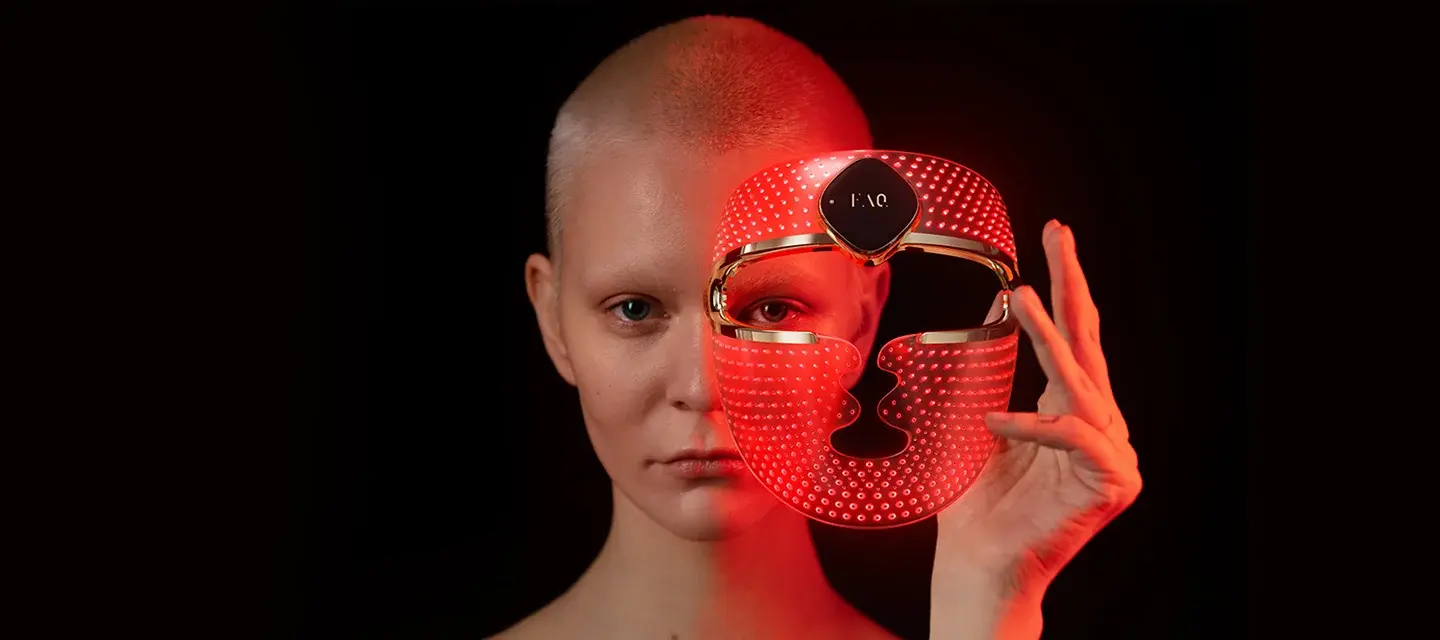
When ignoring the fluid and impermanent idea of "the real" explored from the first shamans around a bonfire and frowning philosophers, all the way to contemporary queer quantum physics facts, the short answer is yes - red light therapy before and after photos testify to a tangible, measurable, and visible efficacy in our physical, material world.
One of the most well-received, versatile, and non-invasive therapeutic approaches to health and aesthetic concerns of the whole body, red light therapy can give real relief and cause improvements in so many conditions – internal, systemic, and surface – but today we'll focus on the topical dermal issues of acne, scars, fine lines, and rosacea.
The trick when exploring red light therapy before and after images is to manage one's expectations. The effects of red and near-infrared (NIR) light therapy depend on the starting point of a condition or deterioration stage, consistency, quality of the red light therapy device, wavelengths used, and combinations with other treatments and topical options. Results and time to see visible change may vary from person to person. You and I can go on a diet together, eat exactly the same food, the same amounts at the same time, and get quite different results. But, presuming this is not your first red light therapy rodeo, this you already know and you've come for the red light therapy before and after pics, clinical studies and expert testimonials, aka the proof, so you cannot be bamboozled out of your money by fake advertising and photo shopped phantasies when choosing an in-office treatment or red light therapy device for at home use. So let's shed light on some red light therapy effects facts.
What is Red Light Therapy?
We are not so different than those plants quietly photosynthesizing on your windowsill. They need light to survive and thrive, just as our whole biology, circadian rhythms, and sanity are connected to the energy generated by our own personal star that makes life possible on the planet. Taken for granted because it is always present, life is a potent modulator of processes in living cells and organisms.
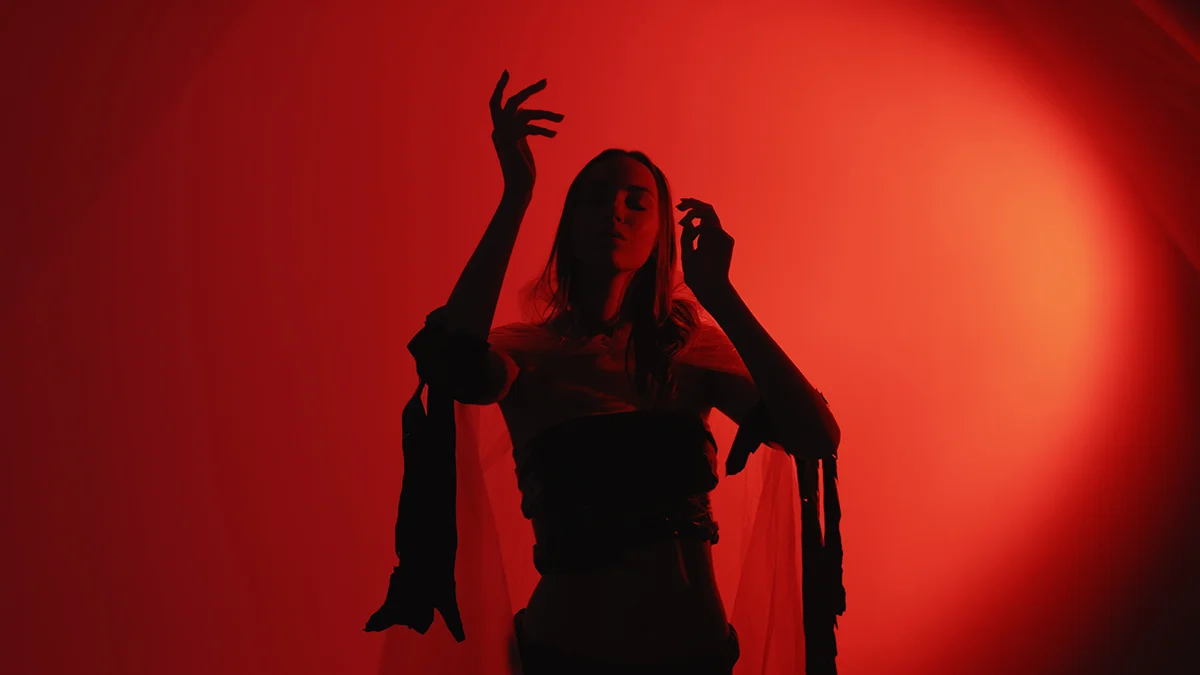
Led light therapy, light therapy, low-level light therapy (LLLT) (including cold laser therapy with under 1 Watt of power and much less heat production in the tissue), photobiomodulation (basically modulating something alive (bios) via light energy (photons)), you can call it whatever you wish. So, what is light therapy? All of the names above basically come down to the same thing: Introducing intense and precisely calibrated light energy into tissues in order to fix and enhance cellular mechanisms and speed up desirable natural processes such as healing, rejuvenating, lowering inflammation, energy, improved skin texture, collagen, and elastin production boost.
Red LED (range from 620 to 750 nanometers (nm)) and NIR infrared (range from 780 to 1200 nm) wavelengths are the longest and penetrate tissues deeper than other colors. If you're going to be using these for any kind of medicinal purpose, it is best to choose the proven wavelengths from the therapeutic window: red light between 630 and 660 nm, and NIR light from 810 to 850 nm. The reality behind real LED results is that science and proof don't mean a miracle instant cure, but it's a chance for a targeted battle plan.
How Does Red Light Therapy Work? (The Geeky Corner)
Every living cell in our body needs to produce energy to live. No energy, no life, aka a dead cell. Most of the majesty of cells creating our body has about 2000 microscopic energy factories called mitochondria, and some cells, like eggs and sperm, might have over half a million due to the need for extreme metabolic gymnastics they need to perform to create new life. Mitochondria are now our own cell organelles, but they come from a strange symbiosis where (now human) cells sort of enslaved purple non-sulphur bacteria, to be able to breathe and produce energy. Now, adopted into the cell, they produce ATP (adenosine triphosphate), which is the energy of life used for basically all of the processes in the body.

Mitochondria are so important that if all of them stopped for a few seconds, you'd be departing this planet (BTW, that's what cyanide does). Meanwhile, an inadequate or deranged mitochondrial function can lead to anything from premature aging, cell deterioration, apoptosis (programmed cell death) to cell switching to a sugar fermenting mechanism (instead of oxygen burning) which is in essence a cancer cell (that has 10 x more receptors for glucose than a normal cell, because it cannot breathe). So, for all intents and purposes, ATP is life, and for our purposes, robust ATP production is youth.
This sub-cellular level of mitochondria is exactly the one on which red or infrared light therapy works (usually spanning wavelengths between 600nm and 850nm), also increasing NO (nitric oxide) levels in tissues during and after the sessions. NO dilates the blood vessels to increase blood flow into the targeted area, bringing fresh oxygen and nutrients that cells crave. Red light therapy stimulates cells' mitochondria to produce more ATP, which allows them to get better at healing and restoring the area we're treating and even having systemic effects, such as reducing (unwelcome) inflammation (some inflammation is necessary and a normal immune response). All of this has shown to be very beneficial for relieving conditions like acne, scars and wounds, wrinkles, rough skin texture, rosacea and redness, and many, many more, such as hair loss, or fertility issues.
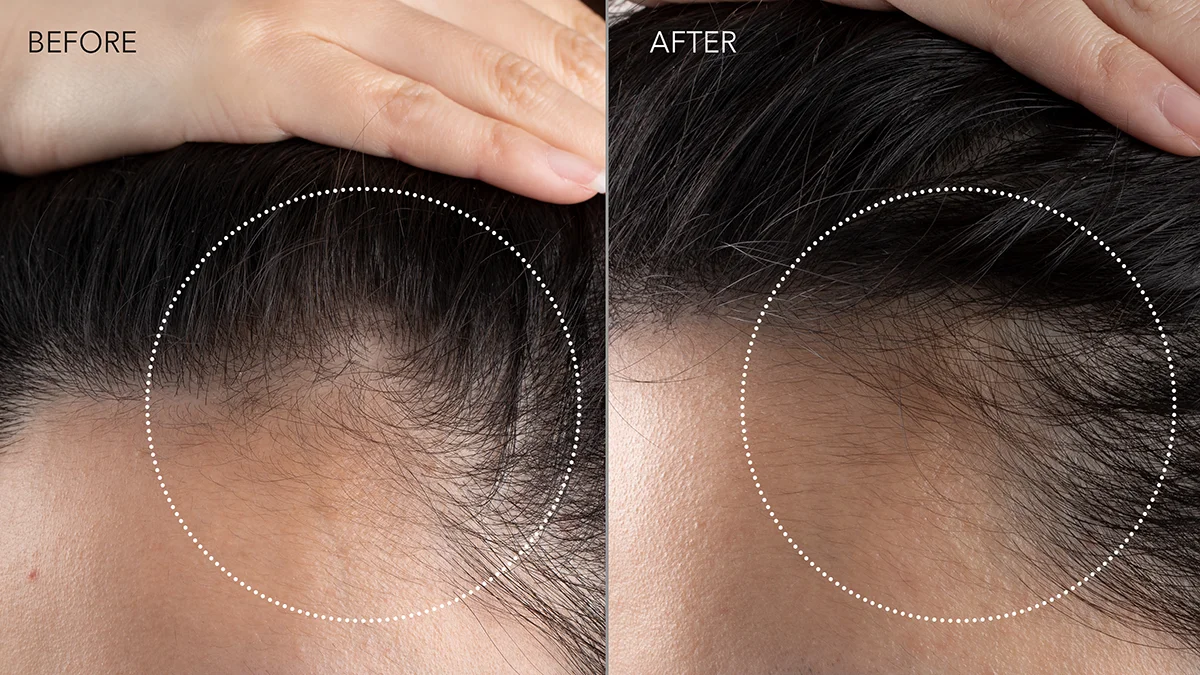
Scientifically Proven Skin LED Therapy Benefits
Acne & Inflammation
A 2013 study by H.H. Kwon et al. explored the use of 420‐nm blue light and 660‐nm red light for 2-5 min twice daily for 4 weeks. In 12 12-week check-in, both inflammatory and non-inflammatory acne lesions had decreased by 77% and 54%, respectively, while the control group showed no difference.
Scar & Wound Healing
A study published in 2021 tested red light LED therapy applications in the reduction of post-surgical scarring and facial fibrosis, concluding that red LED light is safe to use very soon in the post-operative period and that it may reduce scarring, because no one wants to walk around like a James Bond villain if we don't have to.
Anti-Aging (Wrinkles/Texture)
A meta-analysis of six studies looking at the use of LED light therapy for skin rejuvenation concluded improvement in skin texture and wrinkles in all of the studies, with a combination of red and NIR LED light therapy (used twice a week for 20 minutes for 4 consecutive weeks) having the greatest effect, with 36% improvements in wrinkles.
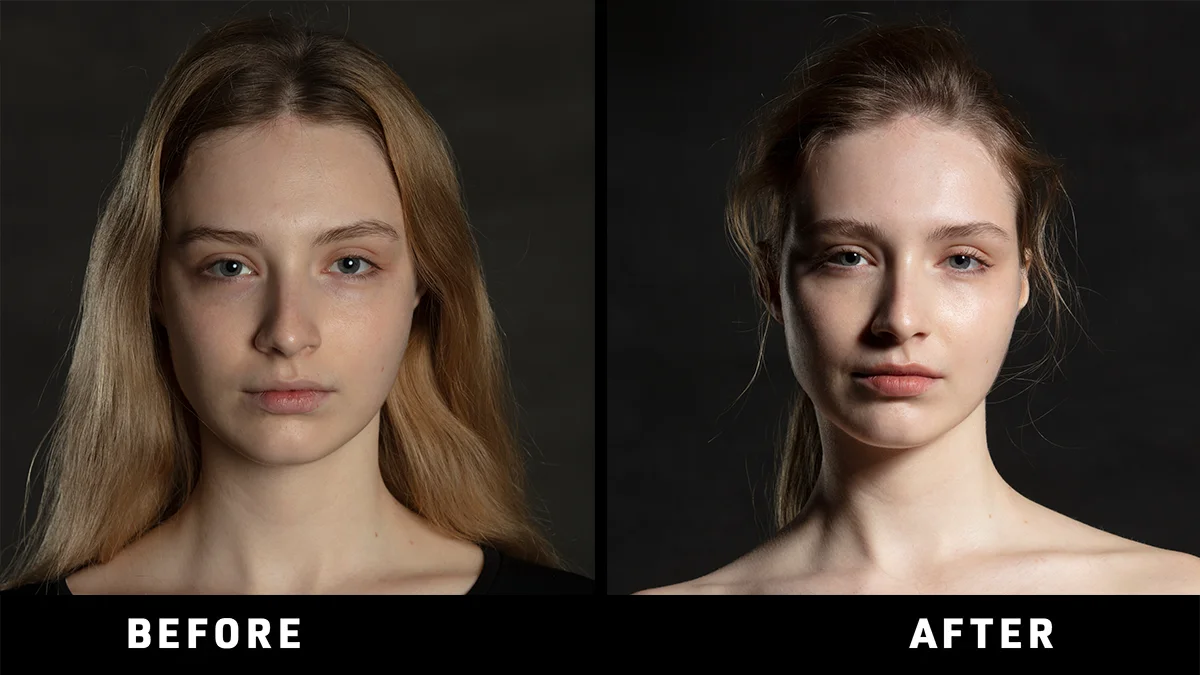
Rosacea & Redness
Case studies and small trials show blue/red LED therapy reducing rosacea lesions and flushing, just as this 2016 study proves the efficacy of LED light therapy at wavelengths of 630 nm and 940 nm in mice, showing LED as a very promising rosacea therapy and calling for more clinical studies.
How Long Does It Take to See Results from Red Light Therapy?
Oh, how we would all like a magic instant solution to all of our problems. But if you've been on this planet long enough to explore if red light therapy works for signs of aging, you've probably already figured out that life doesn't work that way, and that's not the way the cookie crumbles (btw, overconsumption of cookies will make you age faster). The body is a biological system that needs far time and resources to fix the damage. It is powerful and jaw-droppingly amazing at recovery on all levels. But still, cells have a lifecycle, structures need to be degraded, rebuilt, and replaced, and the body needs to detox, get rid of, or recycle the byproducts of change. Non-invasive therapies like red light for anti-aging will take some time to give results, because they are not subduing the flesh to their will as a scalpel does, but are working with the natural body processes, in body-appropriate timelines and with zero to extremely rare side effects.
So, how long it typically takes to see results from red light therapy is not an easy question to answer, because our bodies are different and many variables play a role in healing and rejuvenation. These will include everything from lifestyle factors like the quality of our nutrition, sleep, exercise, and stress management, to the concrete therapeutic interventions, such as the red light therapy in question. It is very difficult to say a number here and keep our reporting integrity, as the results will greatly depend on your age, skin type, and severity of the problem you're trying to solve, as well as your preferred device's wavelength and general quality. So we'll preface this timeline by a disclaimer that it pertains to the ideal therapeutic window of 630–850nm, that the device is clinical quality or an FDA-cleared at home red light therapy device and that you're going to be consistent in the use of the treatment 3/5 times a week or as the devices instructions suggest is optimal.
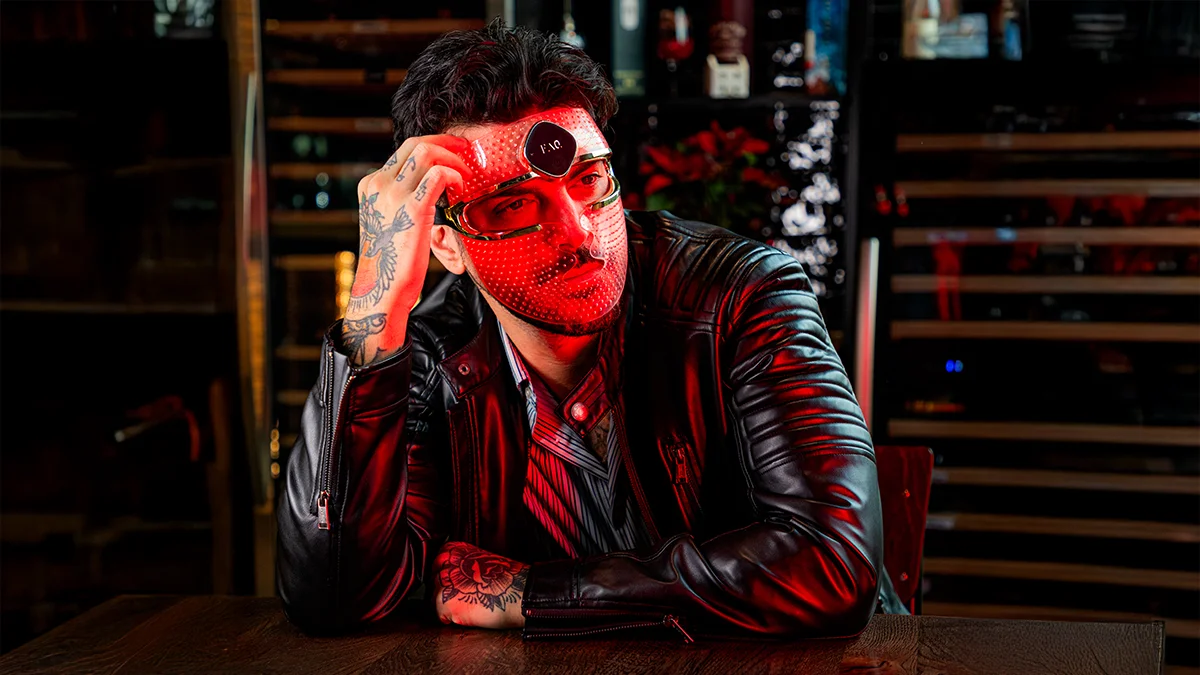
Red light facial rejuvenation
Fine lines, wrinkles, and skin texture
You may notice some freshness and glow in your overall skin tone in about a week or two, but these are still not real results. In 4-8 weeks of regular use, you'll start seeing visible improvement in skin texture and fine lines, and somewhere before the 3-month mark, you'll notice that your wrinkles are getting less visible and are not as deep and pronounced, while also restoring some of the skin elasticity for that bouncy freshness we associate with young skin.
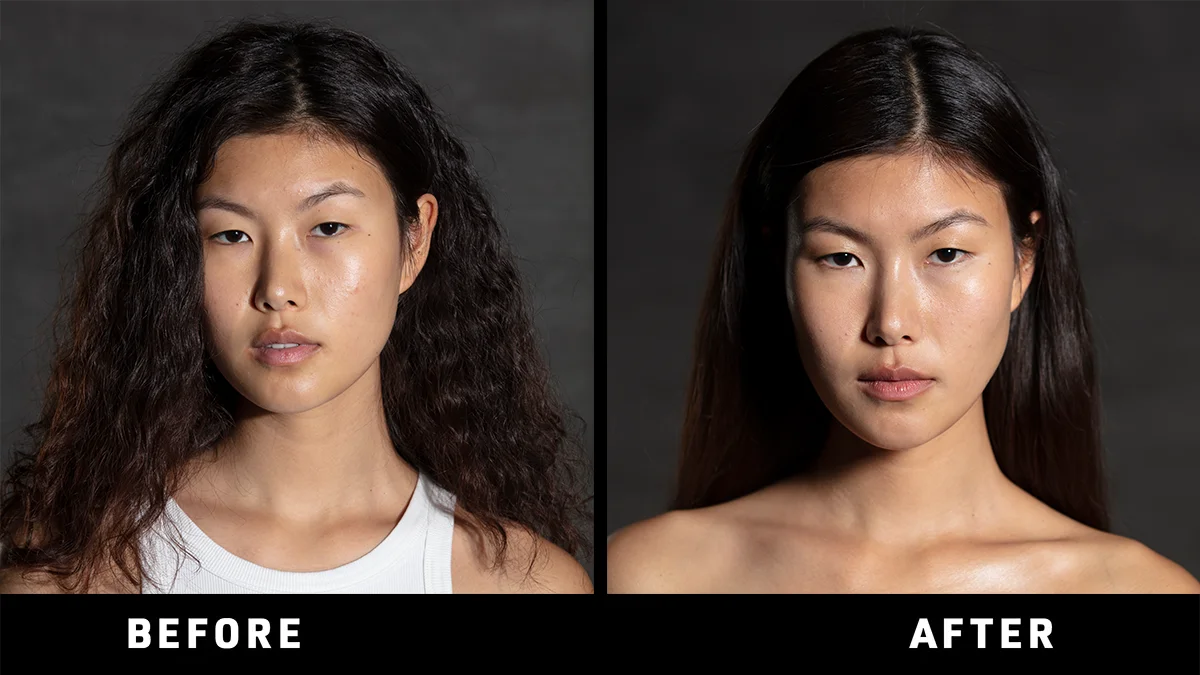
Acne (usually treated with a combination of blue and red light therapy)
Inflammatory lesions
If you've got very red, inflamed patches, you'll notice the redness fading somewhere around 2-4 weeks. Between 4 and 12 weeks, the number of lesions will decrease, and you should experience fewer new breakouts. Acne scars are toughies for skin when it comes to regeneration, and they will gradually fade from week 8-16 as the fibroblasts and collagen get a chance to do their job.
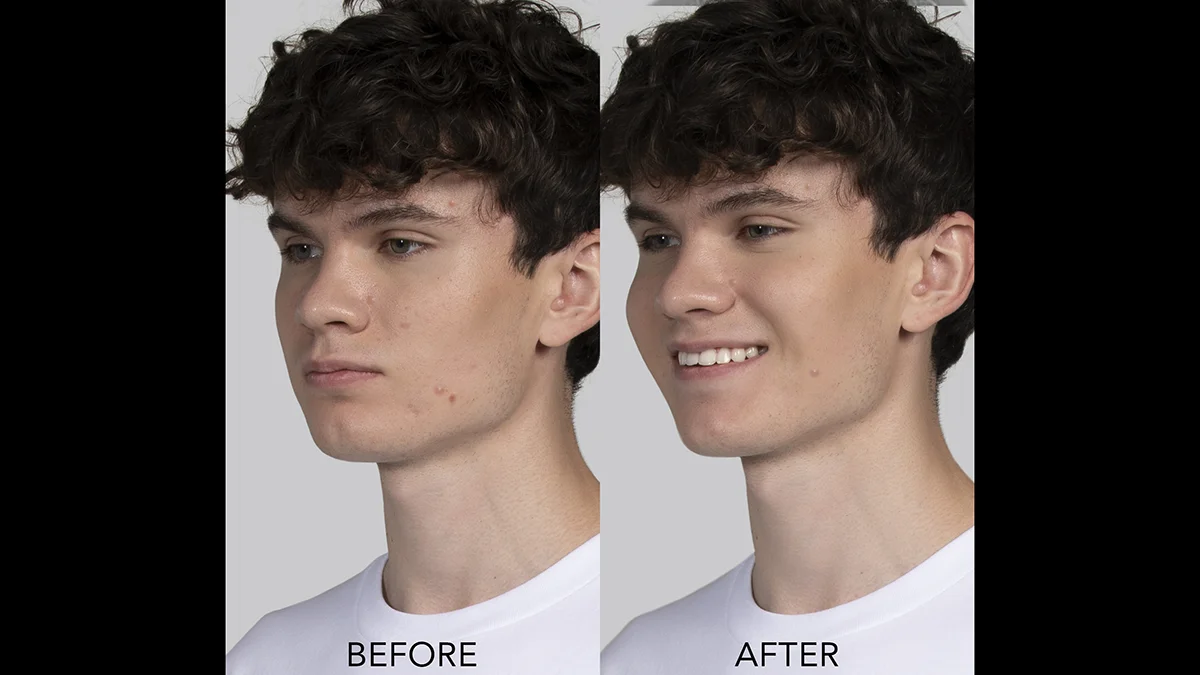
Scarring
From injuries or surgical interventions
Regardless of whether you're healing a bad cut from the kitchen or a structured one from the OR, you'd ideally start your treatment with red light soon. The first month will provide some early healing boost to help the scar tissue gain a structure more similar to normal skin. From 6-12 weeks, you'll notice some visible fading in new scars. The scars you've been dragging around for decades, or are very deep (sometimes raised, paler or darker than the rest of the skin, less flexible, without sebaceous glands, hair follicles or sweat ducts) might take over 3 months to show any improvement in texture and color.
Just as with brain, muscle, and charm, you've got to use it or lose it. There is no use in a device sitting in your bathroom drawer. Use it consistently, manage your expectations, and don't get frustrated if nothing seems to be happening in the first few days or weeks. Nature needs some elbow room and time to work properly.
Expert Opinion and Layman's Experience
In addition to all of the optimistic data and benefits of red light therapies that the studies show, according to expert opinion, red light therapy as a therapeutic intervention is legitimate and calls for more research, as well as a breakdown of the optimal dose and frequency for various conditions it has the potential to treat.
On the other side of the coin is the user who is just looking for a solution as if it were Waldo in a woods of misinformation. Social media is abuzz with anecdotes and personal experiences with red LED therapy, replicating the clinical study results in a very non-clinical setting of people's lives. At the end of the day, a sterile lab with germ free mice can tell you their findings with utmost certainty, but we want to know if red light therapy works for a partying student, for a mom that feels like her face has lost some freshness, for an overachieving business man who is only willing to give a few minutes a day, for a man in is forties and a woman that's turning 60. And you can find many experiences on using red light therapy for various purposes on Quora and Reddit.
Are there limitations to red light therapy?
Red light mask before and after photos are indeed real, and red light therapy does work for far more than just refreshing and rejuvenating the face. Still, it is not a cure-all and magic wands exist only in fairytales, no matter how much tech we concentrate in a single device. Healing and rejuvenation will still take some time, and there will be limitations to what you can do with a non-invasive treatment. Yes, we know the whole pep talk of limitations residing only in our minds, but this is a biological fact, and it doesn't much care about our pep talks, as it snaps the leash of strict rules and physical impossibility.
You will not miraculously look 20 years younger after a month of face red light therapy. Mild to moderate conditions are very responsive to consistent red and NIR therapy or the combination of both (or many other wavelengths/colors of led) but really deep scar or severe photo-aging will require more aggressive approaches, such as laser resurfacing, chemical peels, micro needling, or even more intense scar revision or punch grafts for extreme scarring, which you can even combine with red light therapy to speed up healing after the procedures.
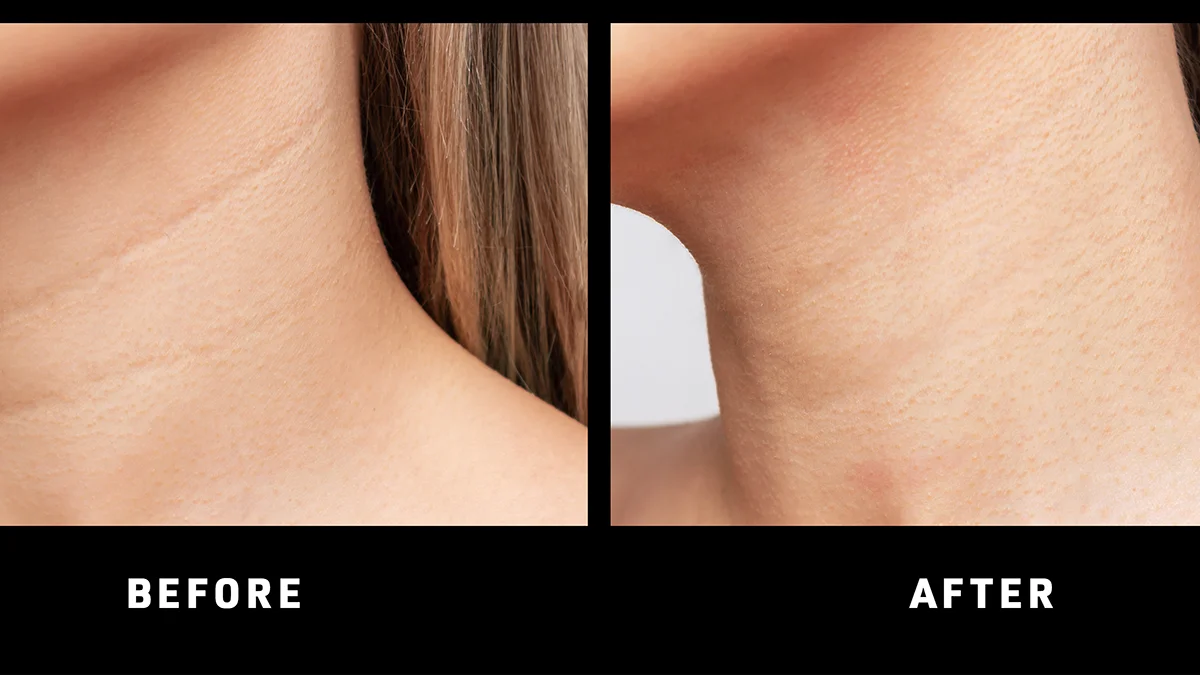
Dosage is also something we need to mention. It is human nature to find patterns and generalize in order to try to figure out this life and not go insane from the amount of detail served to us in every single situation. So the Homo sapiens brain concludes that: If a little bit of something is good, more must be better. A very wrong and sometimes deadly conclusion that needed to be dispelled by the religions of the world with sermons of moderation. But we digress. The point is that there is no need to use a red light therapy device for at-home use for more than 20 minutes. Overuse may only irritate with no extra benefits. It's similar to many natural interventions. There is a threshold. Suppose you wanted to boost your D vitamin and immune response naturally, 15 minutes of sun exposure will do. Anything longer, you're risking meeting the dark side of the sun (I just can't get over the oxymoronic pun here) and burning your skin. Drinking water is necessary if you'd like to continue breathing with us, but if you do nothing but drink water, you may disturb your whole body balance and put yourself in a coma. So all good things are dose-dependent.
You know the old wisdom of "it's not what you've got, but how you use it". Weeeell, it's both, but you're welcome to lie to anyone you need to in your life. When it comes to red light therapy, the equipment you use really does matter. If you gave van Gogh all crusted up and nasty colors, he'd still probably find a way to do something useful with them, but our earless friend's Starry Night would not be as vibrant as it is. So, yes, you can make something work, but we're looking for efficacy and the biggest bang for your buck. These will be clinical-grade and FDA-approved or cleared devices that will massively outperform cheap masks and rely on proof rather than autosuggestion. They will also guarantee that the wavelength you paid for is, in fact, the one from the therapeutic window you were looking for. If something is going on our face or near your eyes in any way, you want it to undergo some serious controls before it hits the shelves.
If you can afford it, time and money-wise, or don't feel safe using at-home devices, in-office red light therapy treatments are a great choice. They will cost anywhere from $50 to $150 and are not covered by insurance due to their aesthetic purposes. In-office red light therapy will, on average, use stronger machines and will be done in a professional setting, but we're a long way from crude zygotes of devices of marginal use. The skin-tech field is advancing, and clinical technologies are being miniaturized into at-home red light therapy devices.
So to sum up:
- Manage your expectations. Face red light therapy before and after shows a difference, but it is not a miraculous cure-all.
- Use 600–900 nm at-home red light devices, from reputable, ideally FDA-cleared producers
- Stick to the routine: 10–20 min, 2–5 times/week, no good will come from overusing.
- Combine with moisturizers or peptides for better results, or use pre and/or post other more aggressive treatments to speed up healing.
- Protect the eyes if the device doesn't have an inbuilt protection already. Use the goggles if the device instructions say so.
Expert at-home line: FAQ™ 200 device range
FAQ™ 202 Anti-Aging Silicone LED Mask uses different 7 Colors + NIR wavelengths of LED light to strengthen various layers of the skin, kick-starting the skin's natural healing processes to tackle the most common signs of aging and promote skin health.
In just 2 weeks:
- Reduce wrinkles by 32%, making fine lines and creases less noticeable.
- Significantly enhances firmness, giving your skin a lifted and more youthful appearance
- Reduce acne by 48%, providing a clearer complexion and greater confidence
- Decrease excess sebum production by 18%, helping you maintain a shine-free and balanced skin surface.
- Enjoy a significant improvement in skin elasticity, bringing back that youthful bounce and firmness.
Used to firm, rejuvenate, and repair, treat pigmentation, wrinkles, acne, rosacea, spider veins, and uneven skin tone, the full-spectrum at-home LED masks, such as the FAQ™ 200 device range, offer a range of benefits for various skin needs:
- RED LED (650 nm) is said to combat signs of skin aging for a more youthful look.
- BLUE LED (420 nm) is said to reduce the appearance of blemishes.
- GREEN LED (519 nm) is said to brighten a dull complexion and even skin tone.
- ORANGE LED (590 nm) is said to revitalize skin and help improve skin texture.
- PURPLE LED (450 nm) is said to reduce the appearance of age spots and hyperpigmentation.
- CYAN LED (463 nm) is said to calm and relieve stressed skin.
- YELLOW LED (570 nm) is said to reduce the appearance of redness and soothe skin.
- NEAR-INFRARED LED (850 nm) penetrates more deeply than red LED. It is said to help improve fine lines, sun spots, wrinkles & sagging.
In addition to the FAQ™ 200 face mask, the ultra-lightweight, wireless, and ergonomic anti-aging silicone mask collection also includes FAQ™ 221 Anti-Aging LED Hand Mask and FAQ™ 211 Anti-Aging LED Neck & Décolleté Mask.
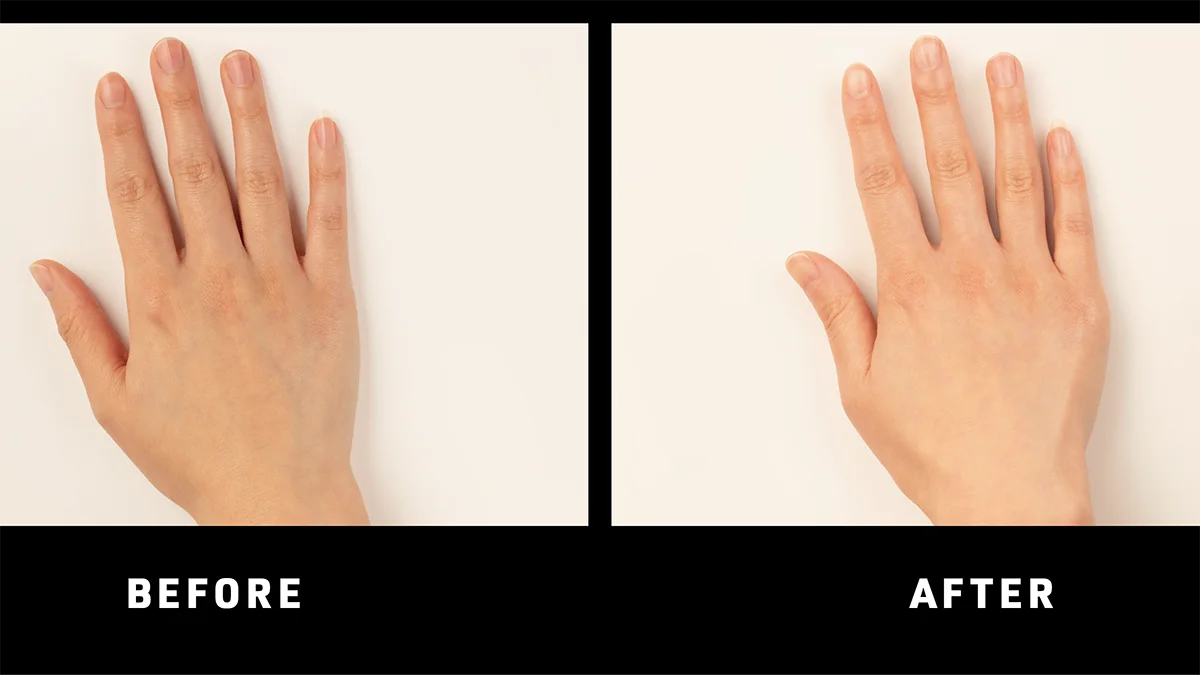
The open-palm FAQ™ 221 Anti-Aging LED Hand Mask is designed to rejuvenate and restore the youthful appearance of hands that are frequently exposed to the sun and environmental damage.
FAQ™ 211 Anti-Aging LED Neck & Décolleté Mask is a dual-wear LED mask that can be worn the opposite way to target wrinkles or bacne on the back of the neck, neck, and upper back.
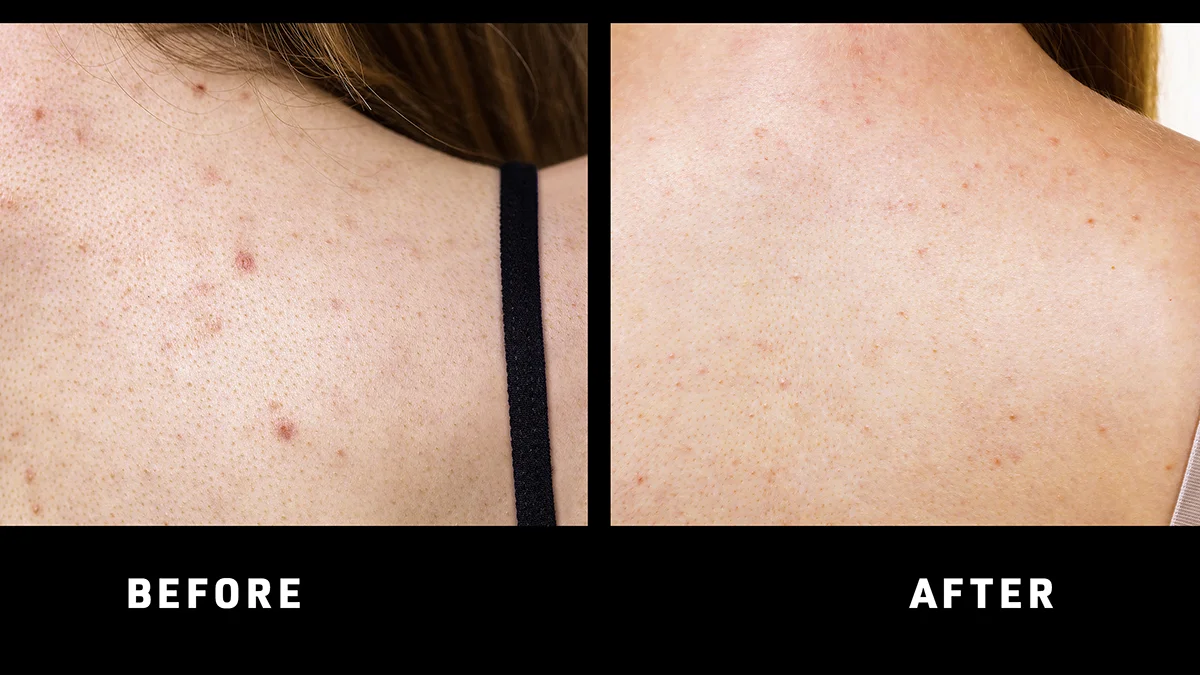
If anti-aging is your main concern, red and NIR LED lights are the most well-studied for these purposes, and we'd recommend you introduce regular LED therapies into your skincare routine.
A Quick Curiosity Round
Does red light therapy for the face actually work?
Yes— especially for acne, mild wrinkles, fine lines, rough texture, redness, and inflammation
Will one session help?
No, and don't believe anyone who claims differently. They are lying.
Is 10 minutes enough?
Minimum effective sessions in trials were twice weekly for 10–20 minutes.
What does red and NIR light therapy do for your face?
Reduces inflammation, supports collagen, improves tone, texture, and healing.
Does your face get red afterwards?
It is possible to see some mild redness, which is normal, and it will subside in a few hours.
What should I apply post-session?
Use a gentle moisturizer, and it would be a good idea to stay away from strong or harsh actives for 24 hours.
Conclusion
Spoiled as we are with quick fixes, false promises and the echo chambers of marketing hooks that sound too good to be true (they are not true), we're reluctant to wait for a result. So, does red light therapy work? Yes. Will it be quick and dramatic? No. Red light mask before and after results are backed by science, acknowledged by dermatologists, and supported by people on the internet who've tried it for various purposes, including facial rejuvenation, hair loss reduction, and inflammation reduction.

Whether you choose a professional in-office treatment or an at-home red light therapy device, this high-tech, low-effort solution has basically no side effects and requires you only to be consistent, have a little patience, and manage your expectations. Reality is not Photoshop. Think of it as a love letter to your skin — slow, steady, and deeply nourishing, and your red light before and afters will reflect the commitment.
We hope you've learnt something today and got some useful information to go on. Happy day, stay curious, gorgeous, and fabulous regardless of your production date, and enjoy living in your skin.
Up to 50% off FOREO Gift Sets: code MYSAUNWRAP
Bundle Wonderland from Dec 3 - Dec 31
It is the most wonderful time of the year when we jingle and mingle, and the gifting fever is the only thing louder than bells and buzzed uncles at family gatherings. Ho-ho-holiday home spa beauty gifts just got all bundled up into FOREO gift sets in The Bundle Wanderland. From Dec 3 - Dec 31, the holiday train choo-chooes by with an extra 35% off FOREO favorite devices and up to half off exclusive skincare with the code MYSAUNWRAP.
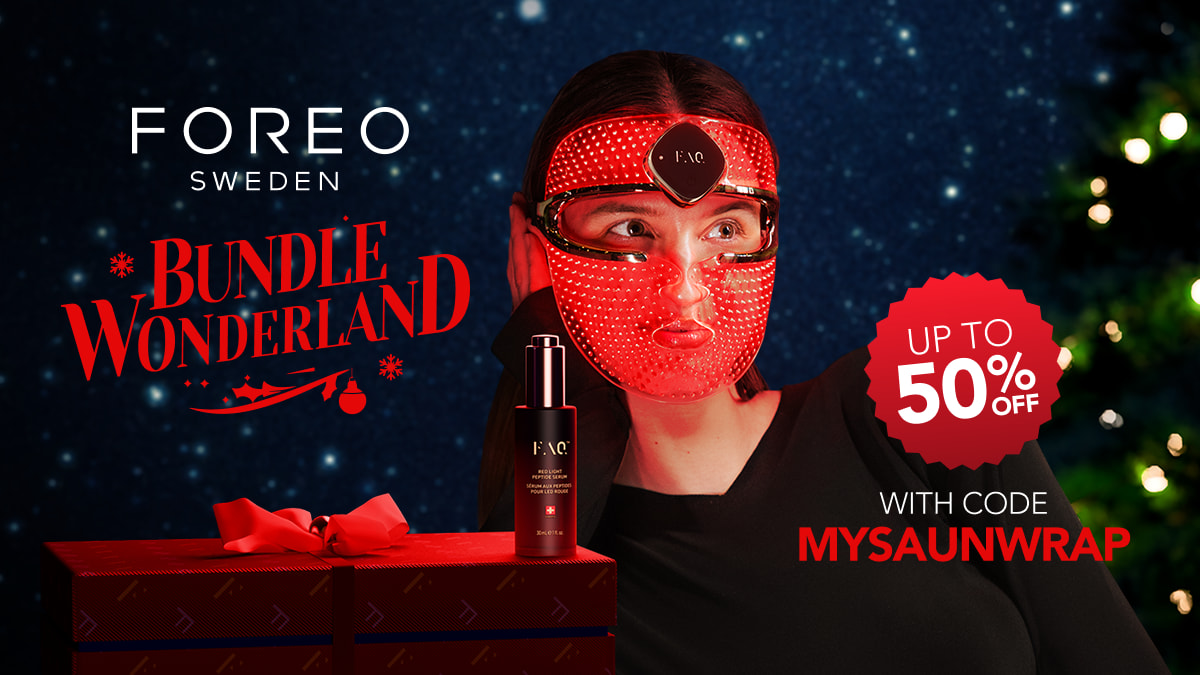
The impressive big-saver holiday skincare gift sets will delight your bulimic wallet and make you instantly glow with holiday cheer.

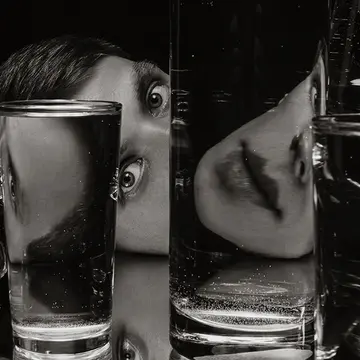


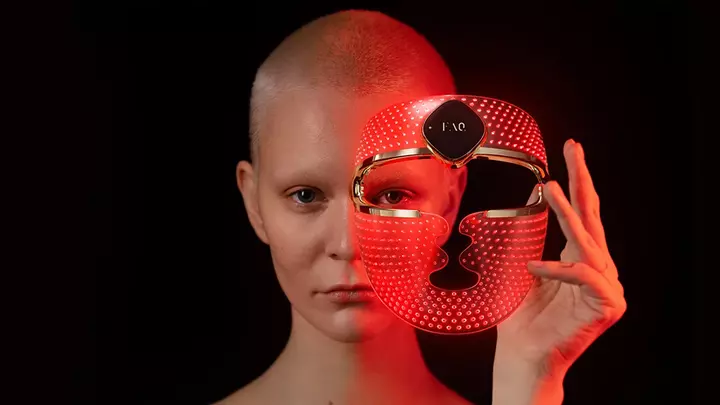



Leave a comment